The Complete Legends of Runeterra Guide for players coming from other online TCGs - Particularly Hearthstone!
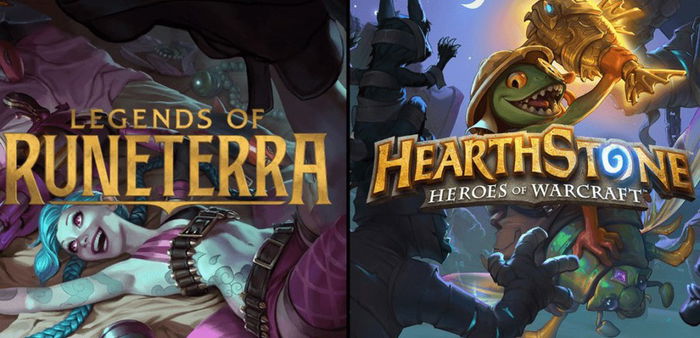
Introduction
Due to the recent news regarding Hearthstone competitive scene, many ambitious players who have a competitive drive to compete in digital card games are migrating to Legends of Runeterra.
Definitely, a big portion of it are high-level players that can very well handle themselves. I wrote this guide as a way to welcome new competitors, and help you find yourselves in the Legends of Runeterra competitive ecosystem!
Game's Release and the Community
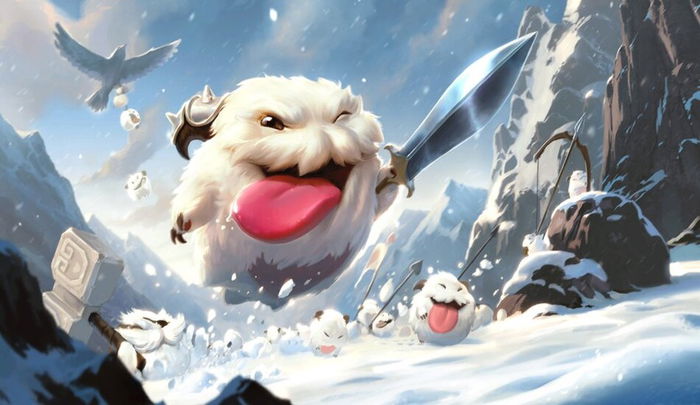
As the game was designed to be competitive from day 1, it is incredibly easy to get cards and build decks. You don't need to spend any real money for this type of thing. LoR is extremely "free-to-play" and your money, in case you want to spend it, usually ends up going to cosmetics and the expansions' battle passes. In a few months, playing frequently and completing quests, you will be more than ready to build many meta decks and compete in major tournaments.
It doesn't matter where you come from and which server you play in, as LoR's communities are very receptive. In 2020, right after the official game release, LoR organizations and teams were formed. That's right, we had team tournaments! This happened first in the Brazilian community, and then it spread to other countries and servers. There was even an official Riot tournament which was team-based in Europe.
Nowadays, we don't have much of these team tourneys anymore, but we still have our Orgs and teams all around Runeterra. This way, many players who participate in grassroots tournaments and official Riot tourneys train among each other and develop strategies and decks, getting ready to compete together. As a result, we have a very active and receptive community when it comes to spreading information about the meta.
Our players are quite active on social media and are very open to any sort of interaction. In case you have any question about a deck, or you want to set up a training session with them, hardly will people refuse. We are all just trying to get better and make our server the best there is. Even more so because, at the end of the year, it might be one of us representing the whole server in the World Championship.
Legends of Runeterra's Three Servers
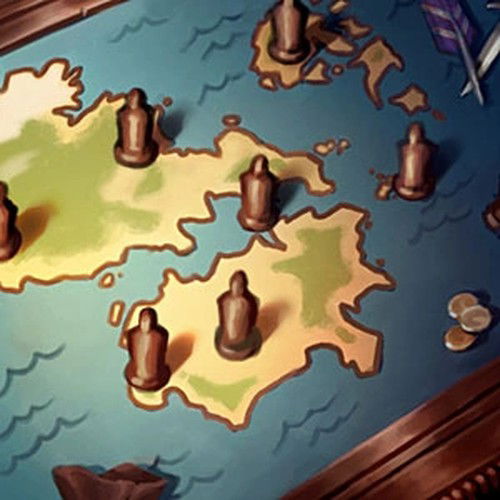
Americas
Americas — The biggest and most vocal server. In the Americas, we can identify three separate groups. The North-American players, the Brazilian players and the Latin America players. All usually use English to communicate on social media.
The North-American players have more titles in Riot official tourneys, making up 6 Seasonal Tournaments, there are great names from there in the competitive scene and are the most consistent players. Names such as “FloppyMudkip”, the only one to get two Seasonal Tournament wins, “XxWhatAmIxX”, a Top-Cut record holder in Seasonal Tournaments, and “Majinbae”, caster, content creator and a Seasonal Tournament Winner. They are all extremely known even in other servers.
Brazilians are known as a team-based, deckbuilding focused region. Brazil has always taken the lead when it's time to create competitive content for the game, and, so far, it is where you will find the most grassroots tournaments available to play. In official titles, Brazil follows in second, with 4 Seasonal Tournaments. The Brazilian champions were: "TheBlackBoss", "Elder Senior", "Trivo" and "4LW".
A big part of the meta and the decks that come up and become famous worldwide are made by Brazilian players. As Brazil has many organizations and LoR teams, it is very easy for those players to exchange information and debate metas, as they get ready for tournaments. Here we have big names such as “4LW”, considered by some the best deckbuilder in all of LoR, “Lazyguga” which is talented and very consistent, was a runner-up in one Seasonal Tournament and won a Prize for Brazilian Card Game Athletes in 2022, and “Trivo”, a young player, but one of the most feared and talented in the Brazilian community.
In Latam we have a smaller community, but we have by far the most known person around. “Santupea” is for sure the embodiment of LoR's competitive scene. But he doesn't play in tournaments - in fact, he records and posts their results on social media. He also promotes and talks about 99% of the tournaments that are happening worldwide for LoR. If you have any questions regarding anything related to the Legends of Runeterra's competitive scene, he is the man.
That doesn't mean Latin American doesn't have strong competitive players as well: there you will find big names, such as “Puyshpii”, the first Seasonal Champion for the Americas, and “Mati24mayo”, which came in 5th at the 2022 World Championship.
Europe
Europe — It is the server with the most talented and consistent players.
Currently, Europe has the only two World Champion titles, “Alanzq” in 2021, and “AragOrnn” in 2022. There you will find a more closed off community, as not every player interacts with the other servers on social media. But, definitely, the competitive scene is very strong.
We don't have as many names which are internationally recognized as we do in the Americas server, but the few we have are incredibly strong and respected. Such as "Szychu" — content creator and Top 4 in the 2021 World Championship, and “Teddy314” — recognized as the European players themselves as the strongest player in the server in the ranked queue and tournaments.
APAC
APAC — The Asian/Oceanic server is the most mysterious one and is considered the less relevant competitively. At the end of 2021, there was still a lot to know about what was happening there, and a big portion of what was seen in international tournaments or seasonal tourneys were decks a bit off-meta or a bit too crazy.
Even today the server hasn't accomplished much internationally, save for a very good run by "Yamato" in 2021's World Championship, but it keeps on growing. The linguistic barrier is a big problem for players over there to exchange ideas with other servers. Even so, the server has grown a lot lately due to efforts by the community itself, which is every day closer to the international community.
Main Differences Between Games
Spell Mana
In Legends of Runeterra, the mana progression per round is just like Hearthstone, with a key change.
In LoR, we have two mana reserves: the regular one and the spell mana reserve. Every time you finish a round without spending your whole mana, the ones you didn't use go to your spell mana reserve. You can at most save 3 points of mana there. This way, if you skip the first two rounds, on round 3 it will be possible to play a 6 cost spell.
Every time you play a spell, it first spends the mana in your spell mana reserve, before the regular reserve. In sum, it is possible to have 13 mana in Legends of Runeterra.
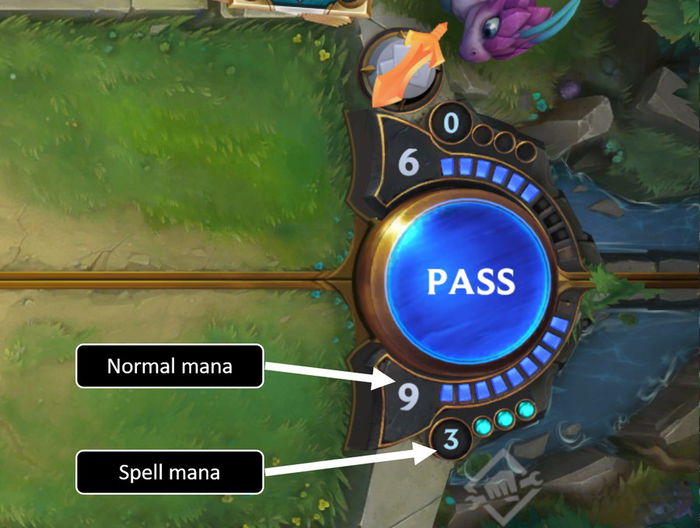
Attack Token and the Stack
In LoR, both players can play during the rounds, and what defines who plays first is who has the attack token, this way this player can also perform an attack during the round in question.
In LoR, we have a difference between "Rounds" and "Turns": each player when they finish their turn, passes it, so the opponent can answer, and if both pass their turn without doing anything, the round is over. When the round changes, the attack token also goes to the other player. As a result, usually, we identify players in tournaments as "the player who attacks on odds" and "the one who attacks on evens".
You will realize that a big portion of the game's cards interact or have something to do with the attack mechanic, so keep an eye out for that. Every time you attack, you open a stack and pass your turn, giving your opponent the opportunity to block or use spells. After your opponent does their play, the stack resolves from left to right, and afterward the attack resolves from left to right as well.
What is the Stack in Legends of Runeterra?
The Stack is nothing more, nothing less, than the order in which the spells will be resolved during an action. When you play a fast spell, for instance, the stack opens up, and your opponent can answer with another spell, which in case will resolve before yours does.
But hold on, you can also answer with another that will resolve before your opponent's, and so on and so forth. You can have at most 10 spells resolving in a single stack, but exceeding the number of spells in a stack is quite rare to happen.
Spell Speed
To better understand how this mechanic works, I will delve into the spell speed. This is another aspect of the game that differs a lot from Hearthstone.
Slow Spells — They always resolve last in a stack, and can't be used to answer other spells, no matter their speed.
Fast Spells — Can be used to answer slow spells or other fast spells.
Burst Spells — These are like all Hearthstone's spells: they resolve instantly, and your opponent can't answer. Burst spells don't open up a stack, but can be played during one.
Focus Spells — They are like burst spells, but they can't be played during a stack.
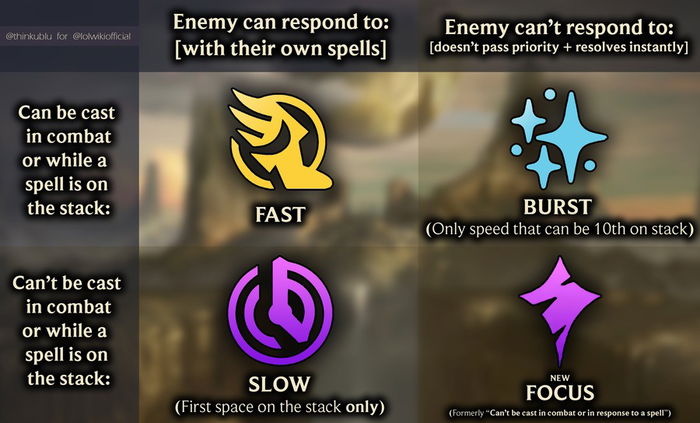
Getting to Know Runeterra's 10 Regions
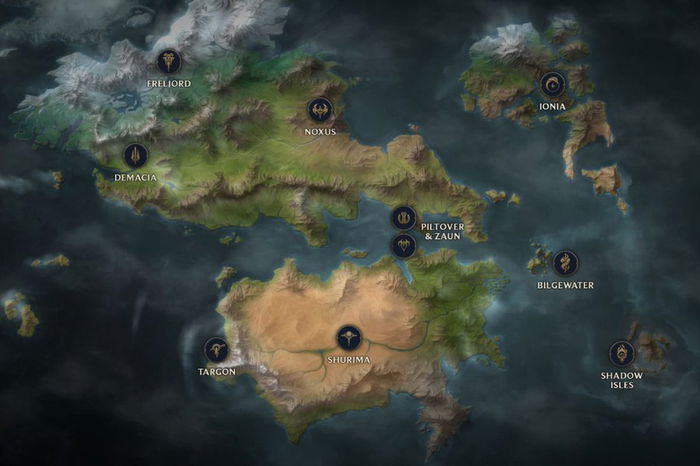
In Legends of Runeterra, the division of cards is made through regions. Unlike Hearthstone, there are no "neutral" cards.
The deck building limits itself to a region, or a combination of up to two regions. Another rule is that, recently, last year, some new champions came in to the game, and they can be "considered their own region", but we will soon talk about that.
Currently, we have available in game 10 Regions. Let's talk a bit about them and compare them to Hearthstone's classes.
Noxus
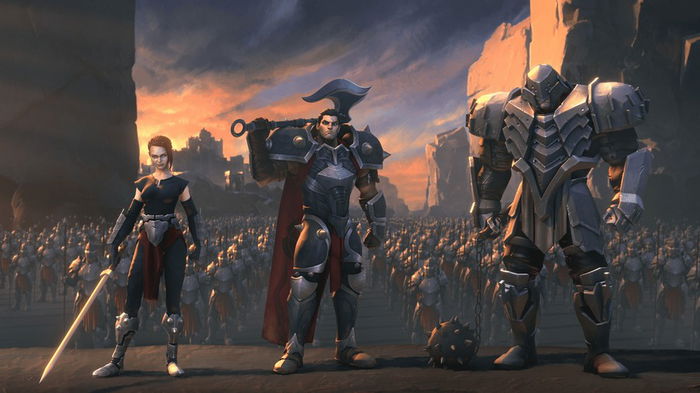
It is a brutal region, with very strong cards for early game. Here you will find some of the best removals in LoR, and Burn elements.
It is quite comparable to the Warrior class, but without the armor part. Noxus' main mechanics are the Overwhelm keyword and dealing damage, be it to the Nexus or the enemy units.
At first, the region was considered Aggro, but afterward it was slowly transitioning to a more control region, and, nowadays, it orbits both archetypes easily. There are Noxus decks which are very aggressive and others which are quite slow. Another trait is the lack of card draw, and healing.
Demacia
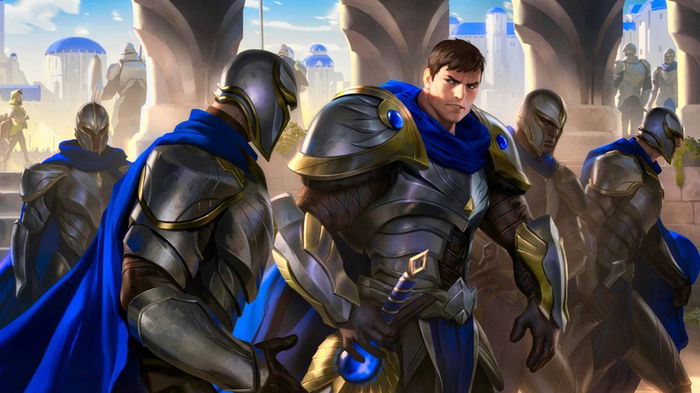
It is the status region, and here you will find only the beefiest units. Imagine it is a mix of Druid with Paladin. Demacia's main mechanics are the keywords Tough, Challenger and Formidable.
It is also a region famous for having Rally elements, and for also increasing the cost of spells. Usually, Demacia builds Midrange decks and positions units with high attack and health early on in matches. This region also has a few Barrier mechanics which are the same as Hearthstone's Divine Shield, and also Silence, which is the same as Hearthstone's Silence.
Freljord
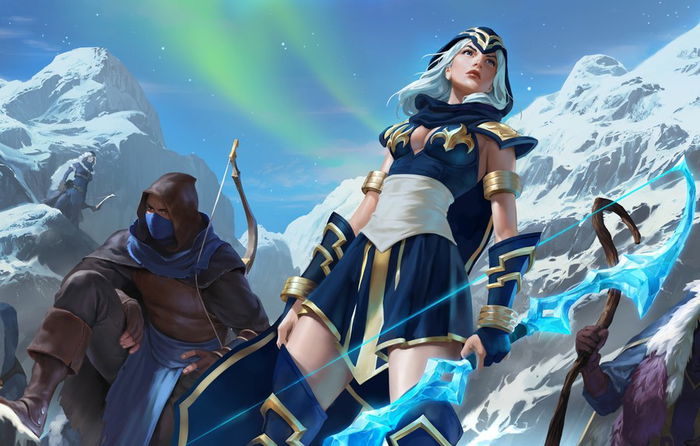
It is currently the weakest region in the game, known for its Frostbites and big units. The difference is Demacia's big units show up early and mid game, and Freljord's are much bigger, but only appear later in the match.
The most correct comparison to Hearthstone is with the Druid class. Only in Freljord you can add mana to your reserve. Even so, it is a class that suffers a bit of an identity crisis currently, and, nowadays, it serves as a support region to very slow decks.
Ionia
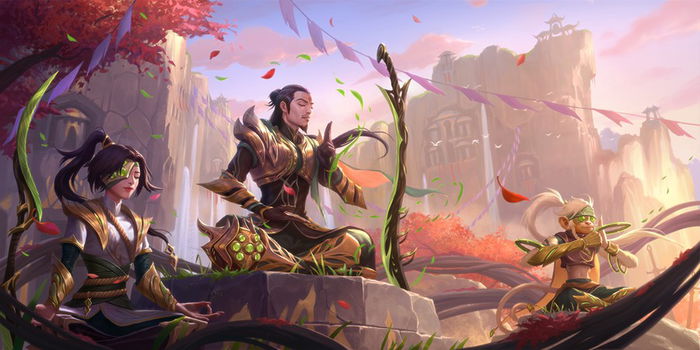
It is a region that divides hearts, known for its elusives and negations. It is the region which has the least quality in attack and defense status across their units, but it is the one with most spells and effects to counter this issue. You either love it, or hate it.
The comparison with Hearthstone is quite hard. In Ionia, you can return cards to the opponent's hand just like Rogue does, but I believe this region doesn't have much to do with this class beyond this. Definitely, I would say it is a mix of all classes and does a little bit of everything. Many players say that the most faithful comparison is with Magic's blue color.
Piltover&Zaun

It is the jack of all trades of regions. If you thought Ionia did a little bit of everything, PnZ is really the one that does it in Runeterra. Imagine a Mage with cheap spells and lots of card draw, but with crazy units and a few RNG effects. That is how crazy PnZ is.
It is a region that can accommodate all archetypes. You will find control, Aggro and Combo decks with it in the meta. It is known for complementing other regions and being a support region for some archetypes, as you will always find some ace in your sleeve with this region. So, imagine a Mage, but one who really wanted to be a Rogue.
Shadow Isles
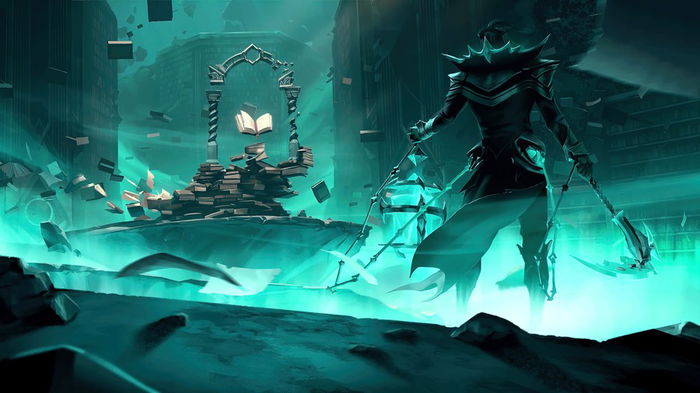
It is the control, healing and reviving the dead region. Without a shadow of a doubt, it is the class for Warlock players, but without the part you deal damage to yourself. Apart from that, it is the exact same, and you will find small units early on, besides very strong and heavy removals. Some healing here and there, and also crazy combos to end the game.
It is the region who has lots of card draw too. And, just like Warlock, you can find decks that are extremely aggressive, but also some very slow control lists. Definitely, Warlock and Shadow Isles are the most faithful comparison possible for the two games.
Bilgewater
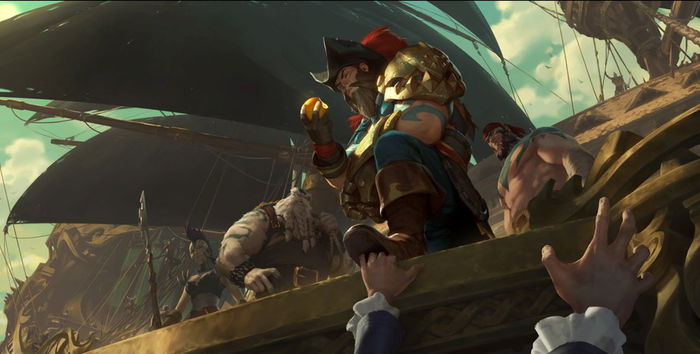
Imagine if Noxus had card draw and wasn't a control region. Bilgewater is the region which always tries to be as aggressive as possible. Definitely, a good comparison is with Rogue. There are plenty of card draws and combo elements.
This region also falls under those who have a bit of an identity crisis, sharing many mechanics with other regions, apart from one, which is for sure one of the most fun mechanics in the whole game, Nab: you steal cards from the bottom of the enemy's deck. It is very similar to a Thief Rogue deck.
Targon
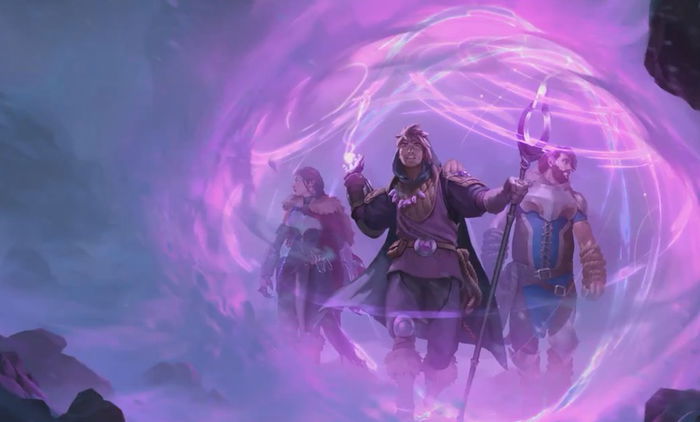
It is the value class. Straight on, you can say it is very like Priest. You create many cards in hand, and have lots of healing. Usually, decks with this region are mostly control or some type of weird Midrange.
The main role of this region is to create value to decks and take games to late rounds, just like Priest. Many players don't like Targon, just as many players don't like Priest. And I said Ionia broke hearts... I'm sure Targon breaks even more.
Shurima
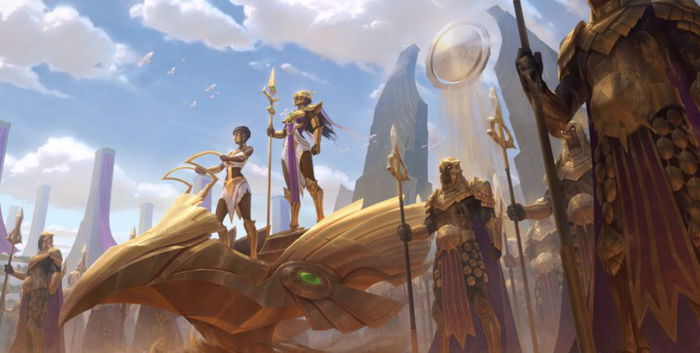
It is the most unique region in the game, and there isn't a faithful comparison with Hearthstone for this one. But we can say this region is so different from the others that many competitive players separate the game's archetypes in Aggro, Control, Combo and Shurima, because this region manages to be a middle ground between all of them.
This is my favorite region and I recommend all of you to give it a chance early on, as it really is incredible what you can do with Shurima cards, and the game is never boring when it comes to the Sands of the Empire.
Bandlecity
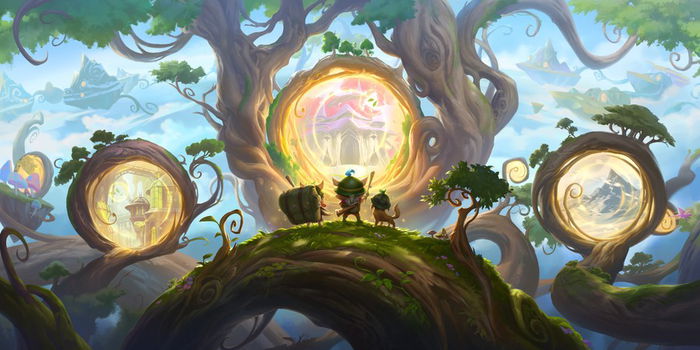
It is the Yordle regions, maybe the most tribal one we have. And when you're not playing Yordles, you're most likely using Bandlecity as a support to some deck. The main mechanic to this region are the multiregion cards - which have two regions. One of this region main focus is to bring value elements by creating cards, but these cards are usually quite cheap.
A comparison we can do is with the Shaman class. Even more so because we have some Transform mechanics in Bandlecity as well, very similar to Shaman.
Runeterra Champions
Some specific champions work as their own regions, and each has their own deckbuilding rules. Let's take a look.








With that in mind, you can build decks using one of the champions listed above, plus a region of your choice. Or a combination of two Runeterra champions.
Rewards and Progress
A tip I always give to those just starting out is to choose one deck or champion you like, and switch your reward track to the region most present in the archetype of the deck you want to build for this champion. So, every time you complete a quest, your experience is directed to the region track you chose, making progression really easy.
In the game's main tab, just click the "Reward" button and then look for the button "change regions", which will be in the top-left corner. So, there you go, now just choose the region you want your rewards from. And don't worry, you can switch regions at any time and how many times you want.
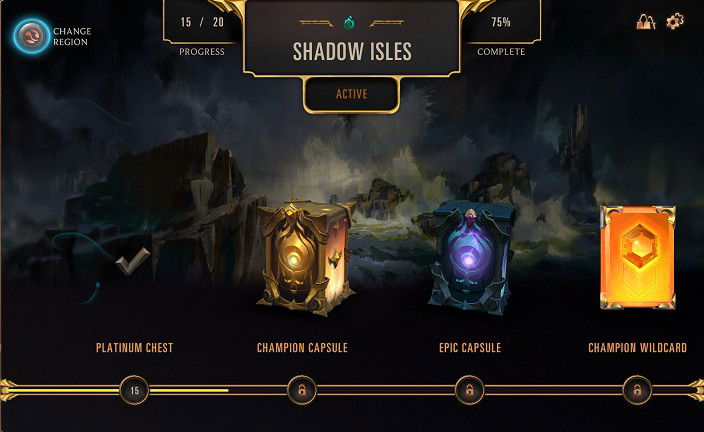
Another tip is: if you're stuck in a quest, or you find it too hard to complete, try the PvE mode "The Path of Champions". In this mode, all rounds have infinite time, and it is super quick to restart matches in case you want to.
Tournament Formats
A big part of the grassroots tournaments use the lock created by Riot, which is the official lock used in official Legends of Runeterra tournaments, called "Riot Lock". It consists of a best of 3 format, bringing 3 decks, and can't repeat champions in different decks. You won't be allowed to repeat region combinations in different decks as well, and only one champless decks is allowed. Each player must ban an opponent's list. In case you win with a deck, it is locked, and the winner of the match is whoever wins two games first.
Another format which can be used in tournaments is "Card Lock", which consists of a best of 3 format. You can bring three decks, and can't repeat cards in them. And it is identical to "Riot Lock" from here on. It is rarer to find a tournament that uses this format.
Recently, we've had a complete change in Legends of Runeterra's competitive circuit, and we here at Cards Realm brought the incredible "Yangzera" to present the new format to you. Check it out here.
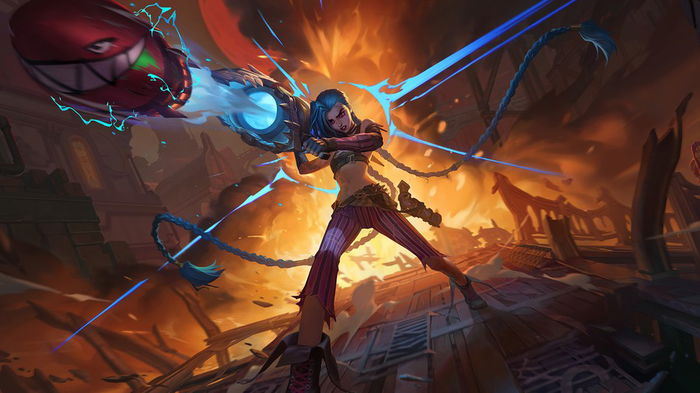
Final Thoughts
If you've read so far, you now have a lot more knowledge on how the LoR community works and its Tournaments. For more articles like this, don't forget to comment and share it with your friends! See you later.

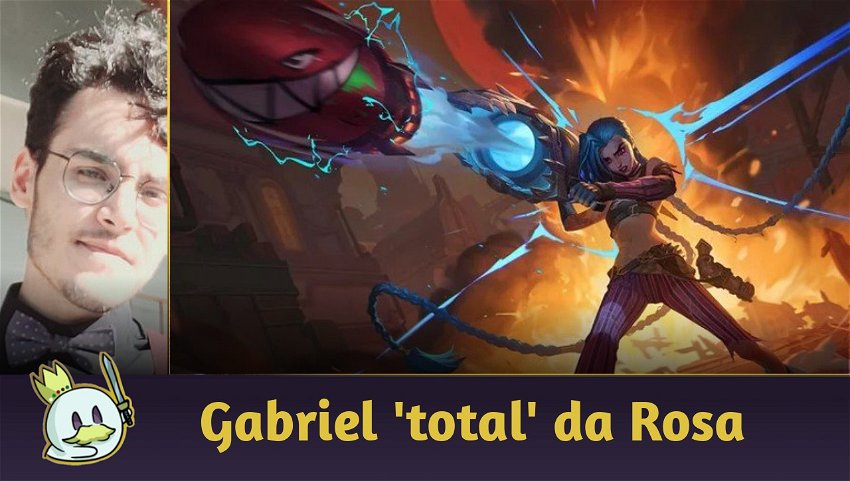







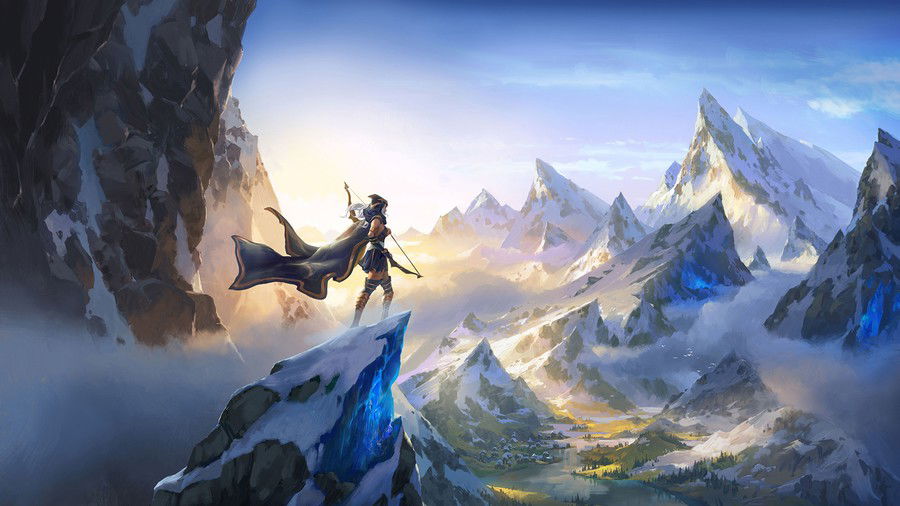
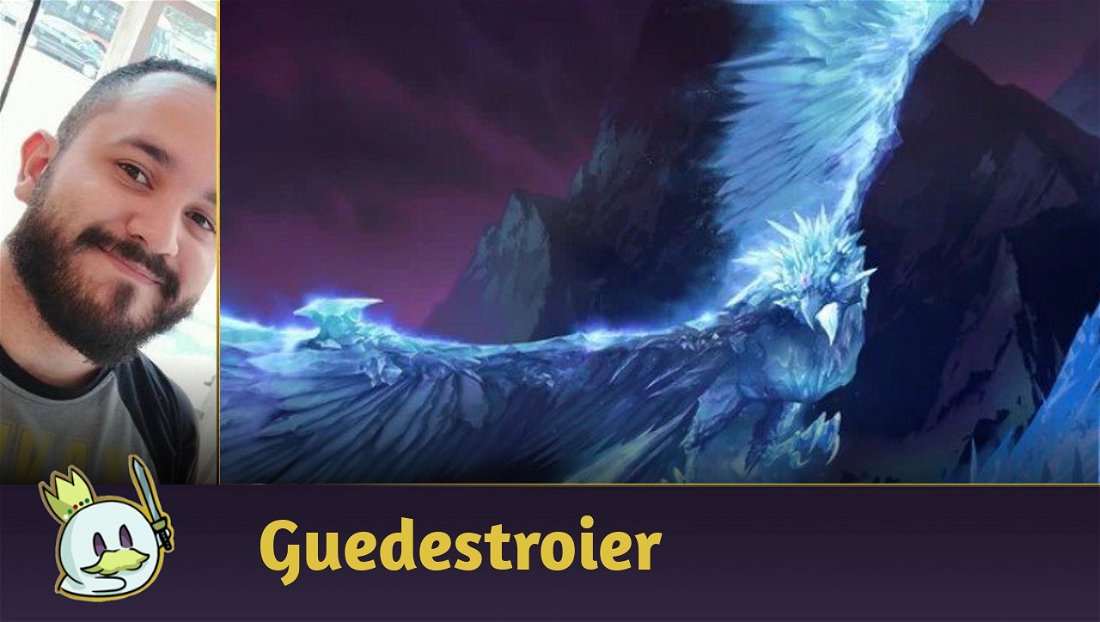



— Kommentare 0
, Reaktionen 1
Sei der erste der kommentiert